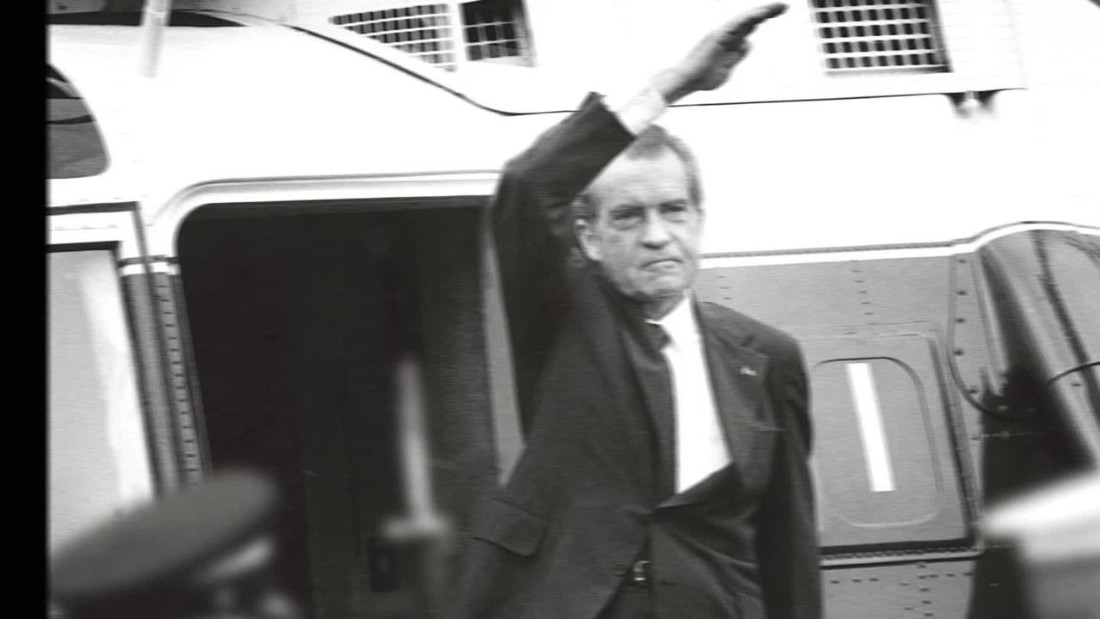The fall of a presidency began with a flashlight glint in the dark. In the early hours of June 17, 1972, five men broke into the Democratic National Committee headquarters inside the Watergate complex in Washington, D.C.
What looked like a clumsy burglary would ignite a chain reaction of lies, wiretaps, hush money, and cover-ups—leading straight to the Oval Office. By the time it ended, President Richard Nixon had become the first U.S. president to resign, and the very foundation of American democracy had been shaken.
A Crime That Couldn’t Stay Hidden
The break-in was orchestrated by members of CREEP (the Committee to Re-Elect the President), a Nixon campaign machine that didn’t just seek victory—it sought domination by any means necessary.
But luck wasn’t on their side. Police found burglary tools, wiretapping devices, and stacks of cash traced back to CREEP’s slush fund. Still, Nixon’s team claimed it was an isolated incident. Few believed it.
🔎 See the original Watergate case files at the National Archives →
The Journalists Who Refused to Look Away
Enter two relentless young reporters at The Washington Post: Bob Woodward and Carl Bernstein. Their dogged reporting, guided by an anonymous source known only as Deep Throat, traced the money and secrecy all the way back to 1600 Pennsylvania Avenue.
Deep Throat—later revealed to be Mark Felt, the FBI’s Associate Director—warned: “Follow the money.” And that’s exactly what they did.
🗞️ Explore the Watergate timeline with The Washington Post →
Tape Recordings That Couldn’t Lie
As Congressional hearings intensified, a bombshell emerged: President Nixon had secretly recorded all conversations in the Oval Office. These tapes were the ultimate smoking gun.
When the public heard the president himself discussing how to obstruct the FBI investigation, the game was over. The rule of law had caught up with the most powerful man in the world.
📜 Full Nixon tape transcripts and audio available at The Miller Center →
The Unraveling of the Nixon Administration
From 1973 to 1974, the U.S. watched history unfold in real time:
- Judge John Sirica pushed hard for the truth.
- The Senate Watergate Committee, led by Senator Sam Ervin, laid out the facts.
- Nixon’s Saturday Night Massacre—firing the special prosecutor—sparked national outrage.
- The Supreme Court ordered Nixon to surrender the tapes.
With articles of impeachment looming for abuse of power, obstruction of justice, and contempt of Congress, Nixon’s presidency collapsed under the weight of his own voice.
The Day the President Resigned
On August 8, 1974, Nixon addressed the nation:
“I shall resign the Presidency effective at noon tomorrow.”
The next day, he walked out of the White House, head bowed, flashing the infamous peace sign before boarding Marine One. It was a moment seared into the American consciousness.
🎥 Watch Nixon’s resignation on C-SPAN →
A Controversial Pardon and Lasting Consequences
Just one month later, President Gerald Ford issued a full pardon for Nixon. It was meant to help the country heal—but it ignited a firestorm. Critics saw it as a betrayal of justice.
Still, the Watergate Scandal left a permanent mark:
- 48 government officials convicted
- The Ethics in Government Act passed
- Campaign finance laws tightened
- The press strengthened, emboldened to challenge power
Watergate’s Legacy: The Power of Accountability
The Watergate Scandal proved that no leader is above the law. It exposed how fragile democracy can be when secrecy replaces transparency, and loyalty trumps truth.
It empowered journalists, reinvigorated the system of checks and balances, and forever changed the way Americans view the presidency.
💬 NPR: Why Watergate Still Shapes Our Democracy →
Frequently Asked Questions
What was the Watergate Scandal?
A break-in at the DNC tied to Nixon’s campaign led to a massive cover-up that ended in Nixon’s resignation.
Who exposed the scandal?
Reporters Woodward and Bernstein, aided by a secret FBI informant, uncovered the conspiracy.
Why did Nixon record Oval Office conversations?
To document meetings—but the tapes ended up incriminating him in the cover-up.
What happened to Nixon after he resigned?
He was pardoned by President Ford and avoided prosecution but lived under public scrutiny for years.
What were the biggest takeaways from Watergate?
Stronger ethics laws, campaign finance reforms, and a more aggressive press willing to hold power accountable.
How does Watergate still affect U.S. politics?
It remains the benchmark for presidential scandal and oversight, reinforcing the need for transparency in leadership.

